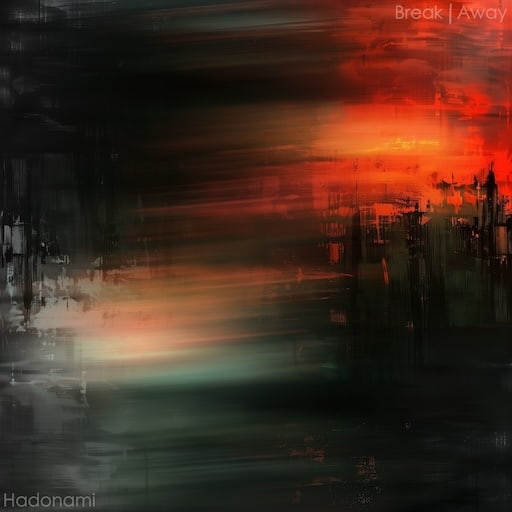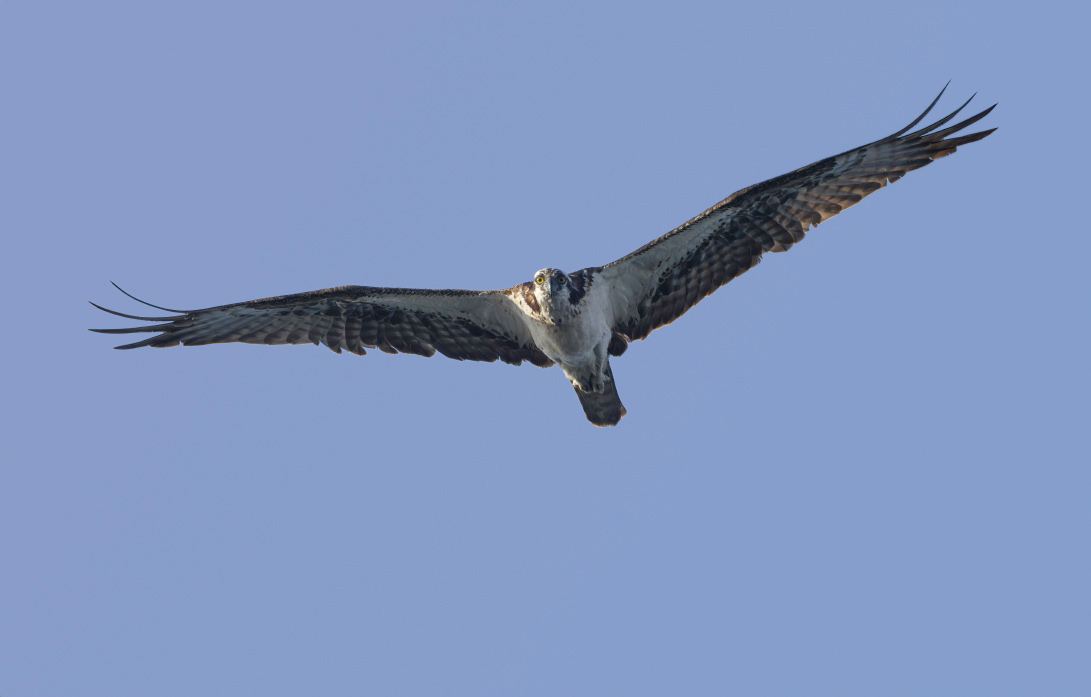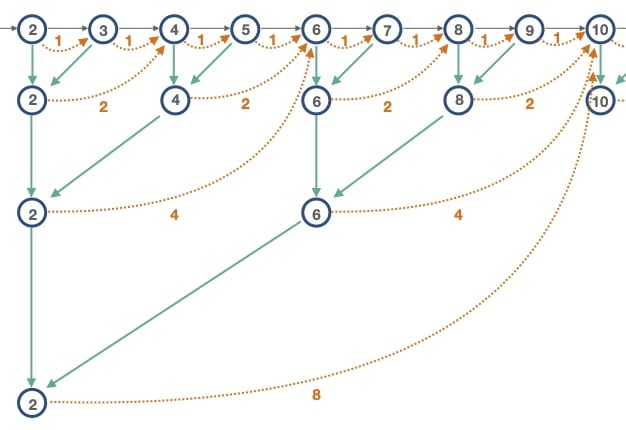
NFL Elo Models Compared
Yesterday, I published an update to my NFL Elo rating model, and today I published the "after week 6" ratings and rankings.
In this post, I'd like to compare the accuracy stats for three different models.
continue reading...NFL Elo Power Rankings for 2023
 I've been working on code to calculate Elo ratings for NFL teams, and thus Elo-based power rankings, for the last couple weeks.
I've been working on code to calculate Elo ratings for NFL teams, and thus Elo-based power rankings, for the last couple weeks.
The power rankings page for the current season is available here.
continue reading...Trying Generative Fill in Photoshop
The year is 2023. Machine learning is all the rage (for good reason, I believe).
Computer-generated graphics is one area where the computing industry is experimenting with ML. I recently installed the Photoshop beta, which gives access to this tech through its new "generative fill" feature. I tested the feature out on some recent photos of mine.
continue reading...Partial String Match for Birds
The eBird mobile app, as far as I can tell, does not allow mistyped characters when searching for a bird species to add to a checklist. This, to me, seems like a problem! In the field I'm often holding a camera or binoculars and only have one hand available for typing. In that situation I'd like to quickly find and enter a bird on the checklist and minimize the number of seconds my eyes have to be on my phone.
I thought to myself "it can't be that hard to come up with an algorithm" so I threw together a JavaScript page to develop one. I ended up with a minimalist JavaScript page for comparing algorithms, and another page that runs the final algorithm.
I've published the code on GitHub, with an MIT license, and I've submitted a feedback report to the eBird folks to make them aware of it.
continue reading...Faster Mandelbrot Set Rendering with BLA: Bivariate Linear Approximation
The latest and greatest (as of the time of writing, in May 2023) method for computing Mandelbrot set images is a form of bivariate linear approximation, which is referred to as BLA. Discussion of this method began in late 2021 on the fractalforums.org site (from the first post on page 3 of this thread). I made some failed attempts to implement BLA in 2022, but over the last few months I've finally got an experimental BLA working in my JavaScript Mandelbrot set viewer, Very Plotter.
In this post I'll show how to use BLA in the Very Plotter v0.10.0 release. Then, I'll give some background on the theory and implementation of BLA, and show the performance I'm seeing at some example locations.
continue reading...




